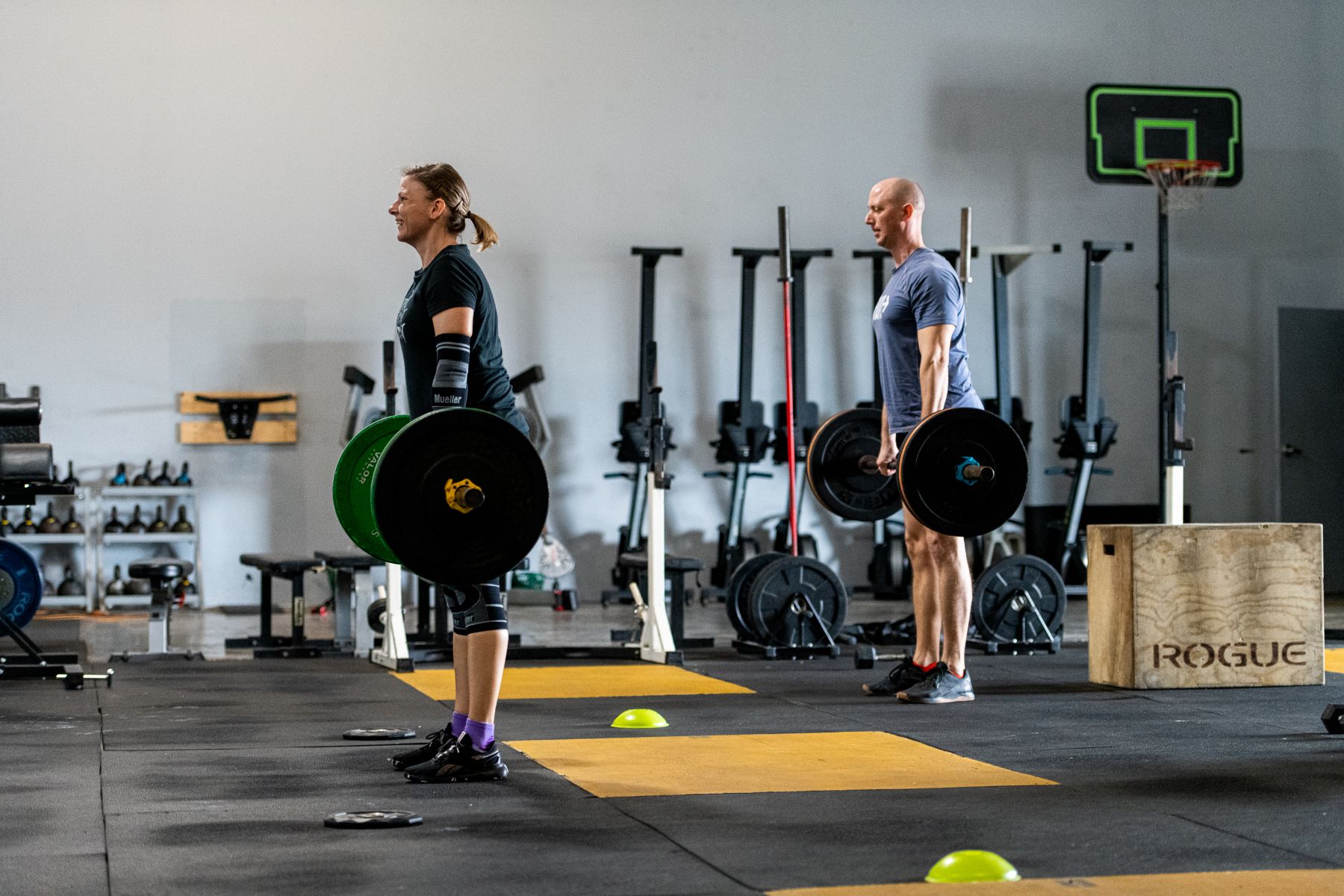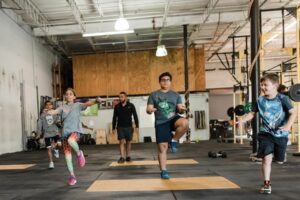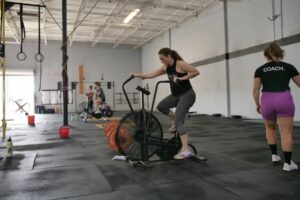The Deadlift is a compound weightlifting exercise that offers numerous benefits for overall strength, muscle development, and functional fitness. Here are some of the key advantages of incorporating deadlifts into your workout routine:
- Full-Body Strength: Deadlifts engage multiple muscle groups, including the legs, back, core, and grip. This makes them one of the most effective exercises for building overall strength.
- Increased Muscle Mass: Deadlifts work major muscle groups like the glutes, hamstrings, lower back, and traps, promoting muscle growth and a more defined physique.
- Improved Posture: Deadlifts strengthen the lower back, which can help improve posture and reduce the risk of lower back pain.
- Functional Strength: The deadlift mimics lifting objects from the ground, making it a functional exercise that can improve your ability to perform everyday tasks safely and efficiently.
- Enhanced Grip Strength: Holding onto heavy weights during deadlifts challenges your grip strength, which can carry over to other exercises and daily activities.
- Increased Metabolism: Deadlifts are a high-intensity exercise that burns a significant number of calories during and after the workout, aiding in weight management and fat loss.
- Hormonal Benefits: Deadlifts, especially heavy ones, can trigger the release of hormones like testosterone and growth hormone, which are important for muscle growth and overall health.
- Bone Health: Weight-bearing exercises like deadlifts can help improve bone density, reducing the risk of osteoporosis.
- Core Stabilization: Deadlifts require a strong core to maintain proper form, which can help improve core stability and reduce the risk of lower back injuries.
- Versatility: Deadlifts can be modified and incorporated into various training programs, such as powerlifting, bodybuilding, CrossFit, and general strength training.
- Improved Posterior Chain: Deadlifts target the muscles of the posterior chain, which includes the hamstrings, glutes, and lower back. Strengthening these muscles can improve athletic performance and reduce the risk of injury.
- Mental Toughness: Lifting heavy weights in deadlifts can be mentally challenging, helping you develop mental resilience and discipline.
- Injury Prevention: When performed with proper form, deadlifts can strengthen the muscles and connective tissues around the spine, reducing the risk of lower back injuries.
- Balanced Physique: Incorporating deadlifts into your routine can help create a balanced physique by targeting both the upper and lower body.
- Measurable Progress: Deadlifts allow you to easily track your progress by increasing the weight lifted over time, providing a sense of accomplishment and motivation.
It’s important to note that while deadlifts offer many benefits, they should be performed with proper technique and caution to minimize the risk of injury. It’s advisable to seek guidance from a qualified fitness professional, especially if you’re new to this exercise.






